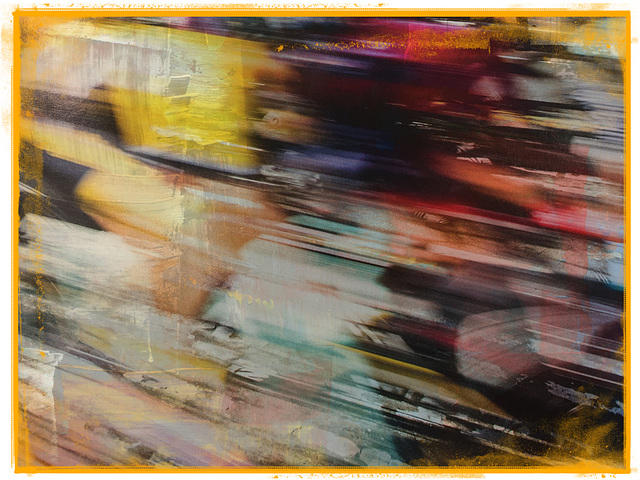See also...
Keywords
Authorizations, license
-
Visible by: Everyone -
Attribution + non Commercial
- Photo replaced on 11 Mar 2020
-
69 visits
- Keyboard shortcuts:
Jump to top
RSS feed- Latest comments - Subscribe to the comment feeds of this photo
- ipernity © 2007-2024
- Help & Contact
|
Club news
|
About ipernity
|
History |
ipernity Club & Prices |
Guide of good conduct
Donate | Group guidelines | Privacy policy | Terms of use | Statutes | In memoria -
Facebook
Twitter



. . . . Because in principle, we cannot know anything about a thing’s essence, but only its effect, which in the final analysis means its effect on us. The location of these effects is the totality of our sensory and intellectual impressions, and not merely in isolated individuals, but in the exchange and correlation of multiple perspectives and experiences. In the individual is an organism apprehending the nature he encounters, mankind at large is also -- at least potentially -- a superorganism for the comprehension of both human and nonhuman nature. Goethe once wrote in a letter to Schiller that nature cleverly conceals itself by not allowing men to work together at perception. If it were possible humanity would really unite as a perceiving subject. Then all veils would fall, and nature would be for us the open book it is not at present.
Even if we cannot survey and understand the entire text, perhaps we can at least read from it. To read from the book of nature, however, means registering its effects on us, refining our appreciation, sharpening our judgments, relating effects to one another, and so on. These effects on us constitute our reality as a whole. One cannot transcend their perimeter. In the foreword to the ‘Theory of Color’ Goethe emphasizes this: ‘For in truth, it is a vain undertaking to express the essence of a thing. We are aware of effects, and a complete account of those effects would in any case encompass the essence of that thing. - Page 420
Sign-in to write a comment.